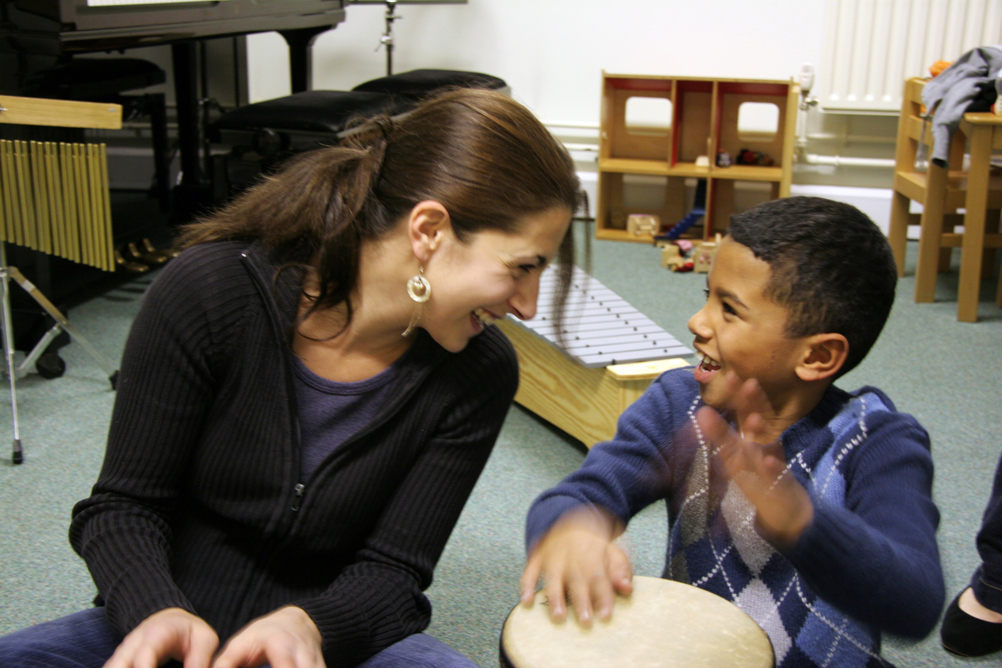
The Sutton Trust and Education Endowment Foundation (EEF) survey of more than 1,600 teachers and school leaders found that six per cent said the "main priority" of the annual £2.5bn pupil premium is to cover school budget cuts. This is up from two per cent on last year's survey.
The pupil premium, which accounts for six per cent of the overall schools budget, was introduced by the coalition government to improve the educational attainment of pupils from low-income families, with experience of the care system or from service personnel families, by helping schools fund additional support for them.
Schools are allowed to use the money as they deem fit in order to close the attainment gap between disadvantaged pupils and their peers.
But the survey findings reveal that almost two-thirds of school leaders and 44 per cent of teachers see the pupil premium as a key way of raising attainment across the whole school population.
Sir Peter Lampl, chairman of The Sutton Trust and EEF, said it is "worrying" that a growing number of schools are using the pupil premium to offset budget cuts elsewhere.
He added: "The pupil premium is a key lever for raising the attainment of disadvantaged pupils and it is vital that it continues to be focused on their education."
Chris Keats, general secretary of teaching union NASUWT, said it had predicted schools would be forced to use the funding "to shore-up diminishing school budgets, rather than support disadvantaged children" when it was introduced.
She added: "The pupil premium has the potential to make a real difference to the most disadvantaged pupils, but the benefits are not being realised because of cuts to school budgets."
She called for "a clear system of monitoring" to ensure it is being used appropriately. In addition, she wants to see greater consultation among teachers on how best to use it as an additional funding stream to support schools, work with their most disadvantaged pupils.
Last October, MPs on the public accounts committee also raised concerns about how schools were using the premium.
This year, schools receive £1,320 per primary pupil and £935 per secondary pupil. It is paid for pupils who have been eligible for free school meals over the previous six years or who have been in care. Schools also receive £1,900 for pupils who have been in care but are now adopted, or left care under guardianship orders.
The survey also found that early intervention schemes were seen as the most important support for the pupil premium to fund. These could include investing in projects that boost children's self-esteem and confidence, such as through art or music schemes. This was highlighted by 28 per cent of teachers.
One-to-one tuition was seen as a priority by 13 per cent of teachers, while 10 per cent said teaching assistant support was the best way to use the funding.
However, in March the EEF criticised the use of teaching assistants to support disadvantaged pupils, saying their deployment in this way "had little or no impact on outcomes".
The survey was carried out by the National Association for Educational Research on behalf of The Sutton Trust and EEF. It spoke to 1,607 teachers and school leaders in primaries and secondaries in March 2016.
Register Now to Continue Reading
Thank you for visiting Children & Young People Now and making use of our archive of more than 60,000 expert features, topics hubs, case studies and policy updates. Why not register today and enjoy the following great benefits:
What's Included
-
Free access to 4 subscriber-only articles per month
-
Email newsletter providing advice and guidance across the sector
Already have an account? Sign in here

